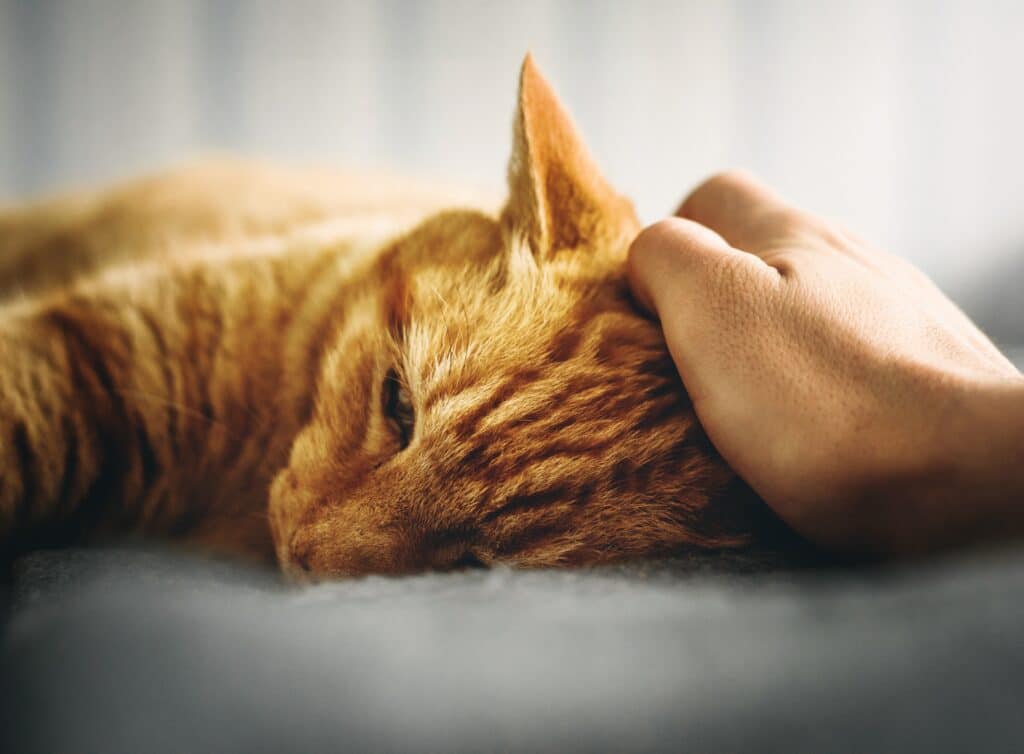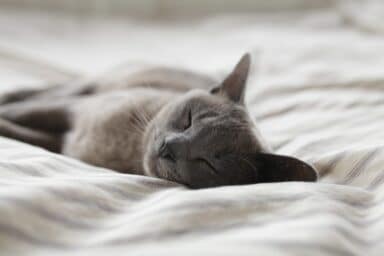How to Choose the Right Pet Cremation Services: Factors to Consider
Losing a beloved pet is an incredibly emotional experience, and deciding how to honor their memory can be challenging. Many pet owners choose cremation services…

As devoted cat owners, we deeply value our feline companions and are committed to ensuring they have the best possible life. A key aspect of responsible pet ownership is maintaining their happiness and health.
Assessing a cat’s quality of life can be challenging, as cats often hide their discomfort. However, by observing various signs and providing attentive care, we can better understand their well-being.
In this blog post, we’ll discuss how to evaluate and improve the quality of life for our cherished feline friends.
To accurately measure the quality of life in a cat, it’s essential to consider several key factors that contribute to their overall well-being:
Regularly monitoring these factors and adjusting your care to meet your cat’s specific needs will help maintain their well-being.
There are certain health conditions that can lead to a decline in a cat’s quality of life. Some chronic medical conditions include:
Be aware of these common conditions and seek veterinary treatment as soon as possible if you suspect that your cat may have one of them.
The HHHHHMM Scale, also known as the “Honor System,” is a simple method to measure and assess the quality of life in cats. This scale was developed by Dr. Alice Villalobos, an animal welfare researcher at the University of California-Davis School of Veterinary Medicine. The scale is composed of six parameters: Hurt, Hunger, Hydration, Hygiene, Happiness, Mobility and More Good Days than Bad.
Each parameter is given a score of 0-10, with 0 being the worst and 10 being the best. On a scale of 1-10, (0=Unacceptable and 10=Excellent). The higher your cat scores on this scale, the better their current quality of life is.
This means that the cat is feeling pain, either physical or emotional. Monitor your cat’s behaviour for signs of pain, such as yowling, aggressiveness, an unusual gait, and excessive grooming. A score of 0 means that your cat has significant pain or discomfort due to an injury or illness, whereas a score of 10 means that they are relatively pain-free.
Does your cat have access to food? Is their appetite healthy? Does your cat require a feeding tube? A score of 0 indicates that your cat is not getting enough to eat, whereas a score of 10 means that they have access to food and are eating normally.
This parameter assesses whether or not your cat is well-hydrated. Does your cat drink water regularly? Is their urine colour normal? A score of 0 means that your cat is dehydrated, while a score of 10 indicates that they are drinking enough water.
How clean is your cat’s litter box? Is your cat’s fur coat groomed regularly? Does your cat have pressure sores from excessive licking or grooming? A score of 0 means that your cat’s hygiene is neglected, while a score of 10 indicates good hygiene habits.
Is your cat friendly and affectionate? Does it have any anxiety or fear issues? Is it lonely, depressed, bored or depressed? Does it respond to things around it and interact with other cats or humans? A score of 0 indicates that your cat is unhappy or anxious, while a score of 10 means that they are content and comfortable in their environment.
Assessing your cat’s mobility is crucial for understanding their quality of life. Consider the following questions:
– Can your cat move around freely, or are there physical limitations affecting their mobility?
– Do they require assistance or specialized equipment, such as a wheelchair or ramps, to get around?
– Are they experiencing seizures or any neurological issues?
A score of 0 indicates significant mobility issues due to pain, injury, or age, while a score of 10 means your cat can move and exercise without any problems.
This criterion evaluates your cat’s quality of life over time. Are there more days when your cat appears happy and healthy compared to those when they are not?
A score of 0 signifies that your cat has more bad days than good, whereas a score of 10 means they generally have good health and quality of life.
If the total score is below 35 points, your cat’s quality of life may be below acceptable standards, and euthanasia might be considered. If the score is 35 or higher, their quality of life is considered acceptable.
Once you’ve identified any potential issues, you can take action to improve the quality of life for your cat. Some steps you can take include:
A low HHHHHMM score does not automatically mean that euthanasia is the necessary step. While it may be an option in some cases, it is not always the best choice for your cat’s well-being.
For cats suffering from a terminal illness or injury with a poor quality of life, euthanasia may be the most compassionate choice. It’s crucial to consult with your veterinarian, who can help you assess the situation and determine the right time to make this difficult decision.
At The Kindest Goodbye, we offer compassionate end-of-life care for cats in the comfort of their own homes. Our goal is to ensure that your cat’s final moments are as peaceful and pain-free as possible.
We understand the emotional weight of deciding to put your cat down, which is why we are dedicated to creating a safe and comforting environment for you and your pet to say goodbye.
To learn more about how The Kindest Goodbye can support you and your cat, please reach out to us today. We are here to assist you in making the best decision for your beloved pet.
Despite our best efforts, it is important to recognize that cats, like all living beings, have a natural lifespan and will eventually pass away. As pet owners, our responsibility is to provide them with the best care and attention throughout their lives, ensuring they experience a high quality of life until the very end.
By regularly assessing their quality of life, offering proper nutrition and exercise, and ensuring they receive companionship and human interaction, we can help them remain healthy and happy for as long as possible. When the time comes for cats suffering from terminal illness or injury, in-home euthanasia can offer a compassionate and dignified farewell.
Contact us today to discover how we can provide the compassionate end-of-life care your cat deserves.

Losing a beloved pet is an incredibly emotional experience, and deciding how to honor their memory can be challenging. Many pet owners choose cremation services…

Facing the decision to euthanize your dog can be incredibly challenging. You might be weighing the options between euthanasia at home versus at the veterinary…

Losing a beloved pet is a deeply emotional experience, and making the decision to euthanize your cat is never easy. However, understanding the process and…
If you would like to learn more about our service or need advice, we offer free phone consultations with one of our caring vets to discuss your pet's situation.
If you would like to organise a peaceful farewell for your beloved pet at home, you can make a booking request and we will get back to you ASAP with availability.
Pricing for our services can be found here.